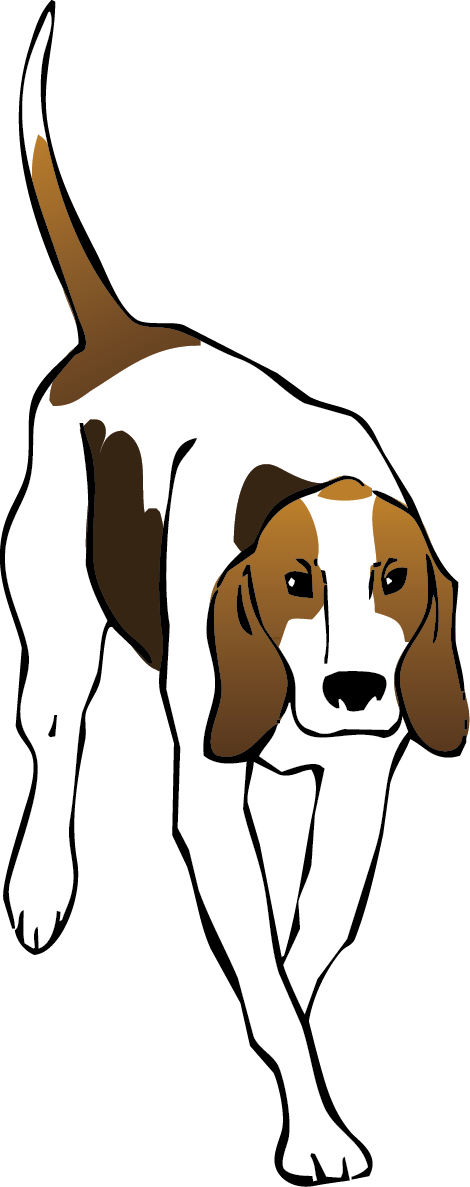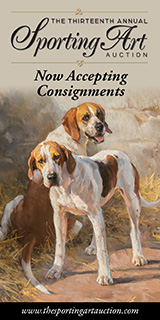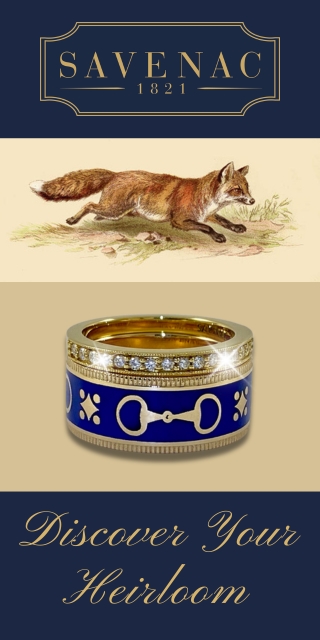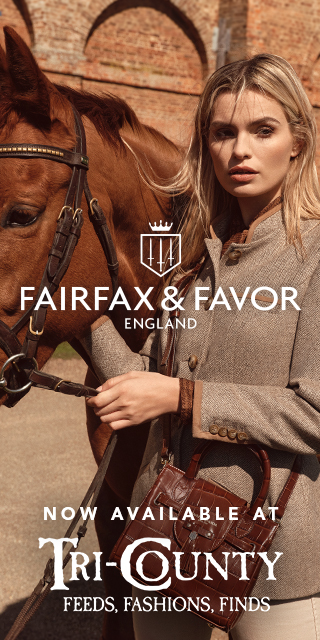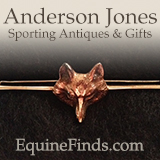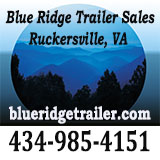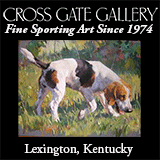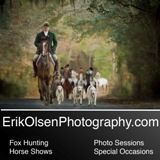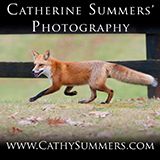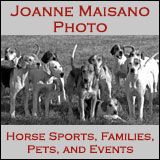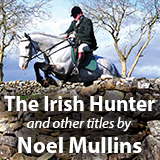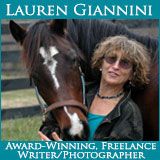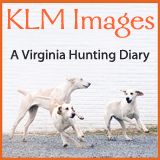ottawa valley hunt
Ottawa Valley Captures Grand Championship at Canada
Ottawa Valley’s Toronto and North York Cloud with Pam Black. Huntsman Antony Gaylard's longtime partner, Black helps as a road whip, cares for the hunt’s whelping bi*ches, the puppies after whelping, and, if it’s late in the year, may bring a whole litter back to the kennel by the house to give them a safe start in life. In her spare time, she operates her own business! / Heather Swan photo
Ottawa Valley Hunt’s Toronto and North York Cloud 2012 was judged Grand Champion of Show at the Canadian Hound Show. The show was hosted by the London Hunt (ON) and held on the grounds of the London Hunt and Country Club, Saturday, June 9, 2018.
In addition to Ottawa Valley, hounds were shown by Eglinton and Caledon, Hamilton, London, Montreal, Toronto and North York, and Wellington-Waterloo Hunts.
Ottawa Valley huntsman Antony Gaylard bred and entered Cloud while huntsman at the Toronto and North York Hunt (ON). When Gaylard departed T&NY to return as huntsman to Ottawa Valley, he took Cloud and others of his breeding with him, with permission, as is customary. Though technically English, Cloud has Crossbred lines in both sides of her pedigree. And an impressive pedigree it is, with outstanding tail lines—both male and female.
From the Foreign Office to the Hunting Field
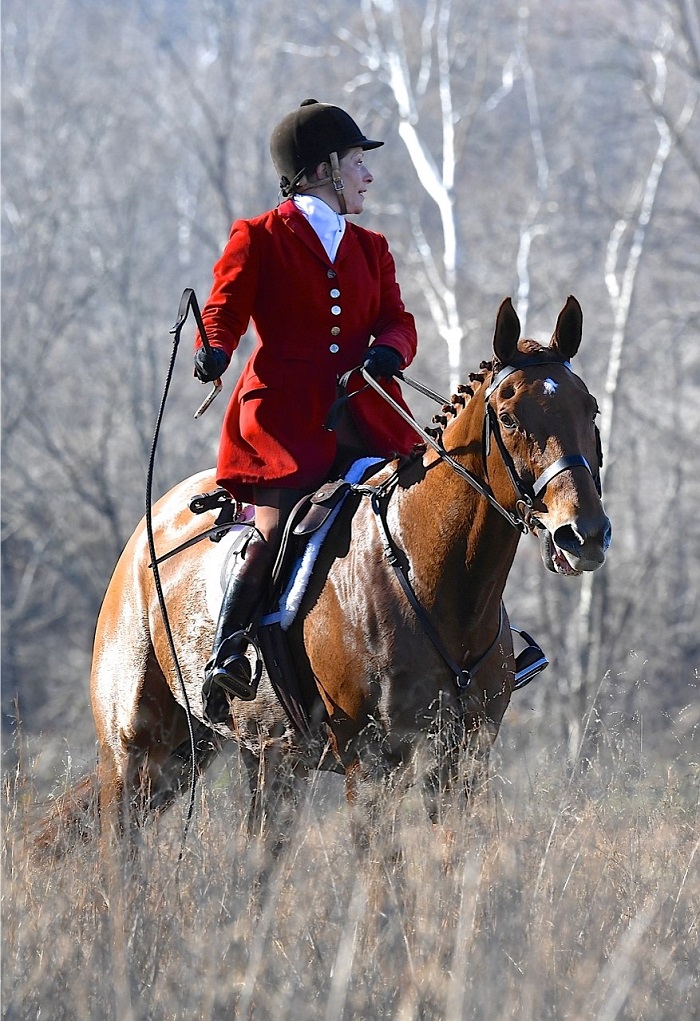 Shannon MacKenzie's professional life progressed from the confines of the office to the open spaces. / Douglas Lees photoThe horse industry is historic, even old-fashioned; the foxhunting world is more so. But follow Shannon MacKenzie’s journey from her native Canada to Virginia’s storied hunting country, and find a surprisingly modern twist to the tale. Facebook played a part.
Shannon MacKenzie's professional life progressed from the confines of the office to the open spaces. / Douglas Lees photoThe horse industry is historic, even old-fashioned; the foxhunting world is more so. But follow Shannon MacKenzie’s journey from her native Canada to Virginia’s storied hunting country, and find a surprisingly modern twist to the tale. Facebook played a part.
MacKenzie first found out via a Facebook chat last year about an open slot for a professional first whipper-in at the Old Dominion Hounds (VA). It was a job she felt her skill set would serve, but it was a position she’d never held.
My Hound Training Program:Well-Intentioned But Misguided
Marj Botsford would winter the hunt's puppies again, but do it differently!A few years ago, the Ottawa Valley Hunt (ON) huntsman at the time, Mr. Adrian Quick, made a request for volunteer families interested in being sponsors for hound puppies over the winter. My husband and I volunteered to take on two puppies. We are animal lovers and were between canines at the time.
In late November, the puppies arrived—Hamish and Hawkesbury. They were about six months old. Being familiar with family dogs and not hounds, we asked Adrian if there was anything in particular that we should know about foxhounds. His advice was to feed them lots of proteins. We knew that hounds are working animals and not family pets so we prepared a stall in the barn for them. Feeding proteins was not a problem as my brother has a dairy farm and a side business selling beef; therefore we had access to all the organ meat the hounds needed.
Tommy Jackson, ex-MFH and Huntsman (1945–2015)
Thomas H. Jackson, huntsman for twenty-five years at the Mission Valley Hunt (KS) and huntsman and Joint-Master of the Coal Valley Hounds (KS), passed away on Wednesday, October 21, 2015 at age seventy. Tommy enjoyed a stellar reputation in the hunting world. I can honestly say that I never saw any huntsman more passionate about seeing the job done right.
Born in Bellevue, Pennsylvania on June 19, 1945, to Joseph Henry and Mary Agnes (McAuliffe) Jackson, he went to work at a very young age due to family financial struggles. He loved the outdoors and farm life. One of his first jobs was at a dairy farm in the Sewickley area.
Tommy was drafted into the Army on October 20, 1965 and received an Honorable Discharge two years later. He served one tour in Vietnam with notable honors: National Defense Service Medal, Vietnam Service Medal with two Bronze Stars, Republic of Vietnam Campaign Medal, and Marksman Rifle Award.
After returning from Vietnam, Tommy went to work as a stable groom at the Allegheny Country Club. He grew fond of horses and horseback riding, and this job launched him on his life-long career. Through the club's affiliation with the Sewickley Hunt, he worked his way up to the position of Professional Huntsman. Foxhunting was not just a job or a hobby for Tommy; it was his passion.
Advice From a Junior Whipper-In
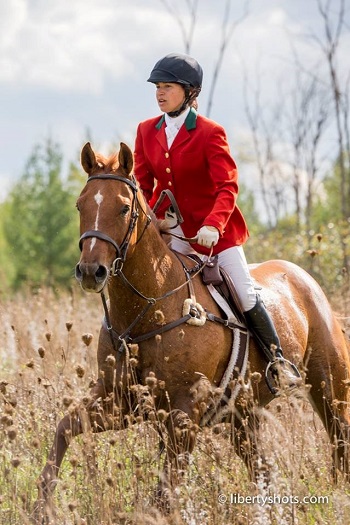 Here’s astute, peer-to-peer advice for juniors aspiring to become honorary hunt staff. I can’t help but wonder how many huntsmen out there would love to have Carmen on his/her staff!
Here’s astute, peer-to-peer advice for juniors aspiring to become honorary hunt staff. I can’t help but wonder how many huntsmen out there would love to have Carmen on his/her staff!
We, juniors, are the future of foxhunting. It is our responsibility to be knowledgeable and to keep this fantastic sport alive and traditional.
Have you ever peered past the first Field Master at those tiny white specs in the distance—the hounds—and wondered what's going on up there, what that blast of the horn meant, where that scarlet-clad rider is galloping off to in such a hurry? Ever think about whipping-in?
What to Think About Before You Decide to Whip-In
Whipping-in can be the most exhilarating, amazing adventure ever, or it can be the most terrifying, stressful experience ever. It largely depends on how you handle the thrills and horrors that being a whip sends your way.
Whipping-in doesn't only take place on your horse in the hunt field. It takes place in the kennels, in the stables, at home with a mountain of books, and in the mud on your backside watching your mount vanish into the distance.
Mark McManus: Huntsman and Mentor
Mark McManus is the new huntsman at the Chagrin Valley Hunt (OH).
When a huntsman retires after a long and successful career hunting hounds for a respected hunting establishment, that vacuum creates a ripple effect throughout the hunting community. So it was when Larry Pitts retired after thirty-five seasons hunting hounds at the Potomac Hunt (MD). Pitts’s vacancy was filled by huntsman Brian Kiely from the Myopia Hunt (MA); the void at Myopia was filled by huntsman Philip Headdon from the Chagrin Valley Hunt (OH); and the Chagrin Valley opening will be filled this season by huntsman Mark McManus from the Ottawa Valley Hunt (ON).
During his time at Ottawa Valley, McManus definitely left his mark (pun intended). OVH Master Anne McKibbin lets sixteen-year-old whipper-in Carmen Powell-Sadik tell us how.
Mark is an enjoyable person to be around, with many a good story to tell depicting various scenes of humor and horror taken from an exciting and sometimes perilous life of foxhunting in his native Ireland. He remembers times of his childhood riding with his baby brother “sat in me lap” as he (much to his father’s chagrin) jumped the hedges!
Huntsmen on the Move: 2015
Huntsman Jordan Hicks moves from the Tryon Hounds to the Piedmont Fox Hounds / Erik Olsen photoAs we approach the close of the 2014/2015 foxhunting season, here’s our report on thirteen hunts that have either hired or will require a new huntsman for next season. We have already featured personal close-ups of three of the migrating huntsmen—Guy Allman, Brian Kiely, and Graham Buston—and we plan to bring you more.
We invite readers to fill us in on any moves that we’ve missed. We also invite you to send us a personal profile on any of these huntsmen that we can publish as a feature article. Or, just send us the information, and we’ll write the story. Use the “Contact Us” link that appears at the bottom of every screen to communicate directly with me, and be sure to include your phone number.
What follows is foxhunting’s version of musical chairs.
Drag Hunting Today
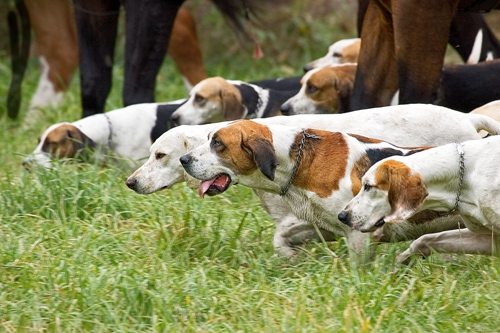 Wayne-DuPage drag hounds head to covert. / Chris Carney photo
Wayne-DuPage drag hounds head to covert. / Chris Carney photo
Drag hunting, according to conventional wisdom, is what a hunt does when its country is constricted by suburban development. Sometimes that’s true, but, more often, hunts follow a dragged line of man-laid scent because the Masters want to. And a few hunts have been doing it for more than a century.
Each type of hunting—live or drag—has its pluses and minuses, depending on the needs and priorities of the participants. Drag hunting offers a controlled hunting experience to the benefit of hounds, riders and landowners. With a judicious laying of the drag, hounds are safer because roads and other hazards can be avoided; farmer’s crops are protected from horse’s hooves; homeowners’ lawns and yards are not trampled; and small pets are safe from the attention of hounds (all assuming that hounds don’t riot).
For riders who seek a gallop over fences, drag hunting offers a more efficient use of time, with no standing on a windy hillside while hounds search a covert for a fox (which may or may not be found). Thus the drag-hunting day typically lasts about two to three hours, with guaranteed galloping and jumping, better suiting those with a busy schedule, rather than the three- to five-hour day usually consumed by the ebb and flow of live hunting.
